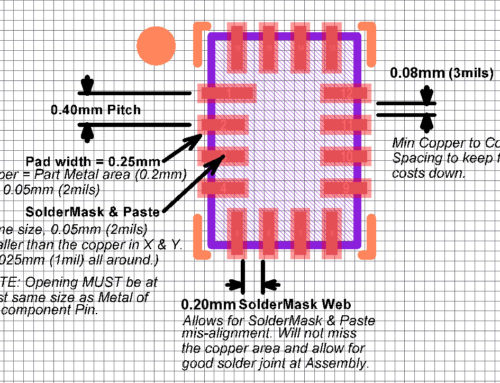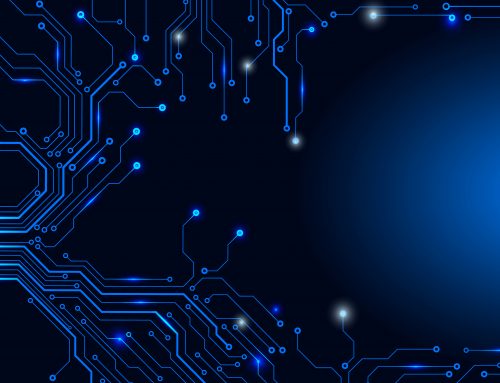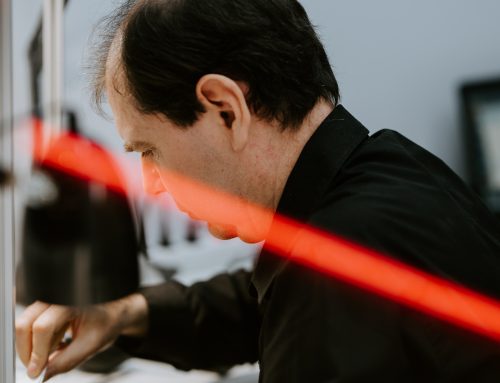Printed circuit boards (PCBs) have revolutionized technology as we know it. They have helped us build compact and powerful devices that have made life easier for people across the planet and serve as the building blocks for most electronics.
While the designs of PCBs may be complex, these amazing components are actually made up of relatively simple parts. The parts of a PCB are divided into two categories: the layers of the PCB, and the components used to control the flow of electricity across the circuit board.
The Layers of a PCB
A PCB is made of four distinct layers that help it function and serve as a base for the components: a substrate layer, a copper layer, the soldermask, and the silkscreen.
Substrate Layer
The substrate layer is the base upon which the rest of the PCB is built, so it has to be strong and flexible as well. The most common material for the substrate layer of a PCB is fiberglass. Fiberglass is flexible, durable, and non-conductive, which means it won’t hold or pass an electrical charge. This helps ensure that there is no accidental transmission of electricity across the board.
Copper Layer
On top of the substrate sits a layer of copper. This layer of copper can be on one or both sides of the PCB, depending on the complexity and purpose of the custom PCB design. Copper is a highly conductive metal, which means it can transmit signals and current without losing power along the way. The copper is applied in very thin layers because only a small amount is required to effectively transmit electricity.
Soldermask
The soldermask is the layer that gives PCBs their green color. It serves to protect the copper layer from accidental contact with other metals, conductive pieces, and solder. It also helps the soldering process by leaving the pieces that need to be soldered exposed.
Silkscreen
The silkscreen refers to writing and symbols on the circuit board that help the user assemble the circuit board and understand its function. Silkscreens are often used to label the functions of LEDs or pins, and can also be used to mark the location of components or traces.
Components of a PCB
The components of a PCB will vary depending on the purpose and design of the PCB. A PCB can have a wide range of parts and components, however, there are some parts that are crucial to the operation of every PCB.
Switches
Switches are one of the most important parts of a PCB. They open and close channels on the circuit board, which controls the flow of electricity and signals through them. The switches also allow the circuit board to be controlled by the user, since the user is controlling the switches and therefore the flow of the current through them.
Resistors
A resistor is a component that controls the electrical current running through it. A resistor is usually used to reduce or divert the electrical current in a PCB. Resistors can also be used to divide voltage, adjust signal levels, and terminate transmission lines.
Transistors
A transistor is essentially the opposite of a resistor. Where a resistor reduces the electrical charge, a transistor amplifies the electrical charge. Transistors are often used in switches; when the switch it off, there is no charge. When the switch is turned on, a charge is generated, and the transistor amplifies it, allowing the switch to communicate with other components of the PCB.
Diodes
A diode is a component that only allows current to flow one way, and stops the current from flowing in the other direction. There are different kinds of diodes in a PCB, but the most frequently used diode is an LED diode. LED diodes have a light that indicates when an electrical current is flowing through it. This helps users identify which parts of the PCB are being used, and which parts do not have a current running through them and aren’t being used.
Harness the Power of the PCB
Now that you know more about the parts of a PCB and how they work, you can better understand how PCBs work and harness their power.
If you’re looking for custom PCB design services in Los Angeles, contact Golden State Graphics at 424-220-8379 for help with your PCB design needs and questions.




Leave A Comment